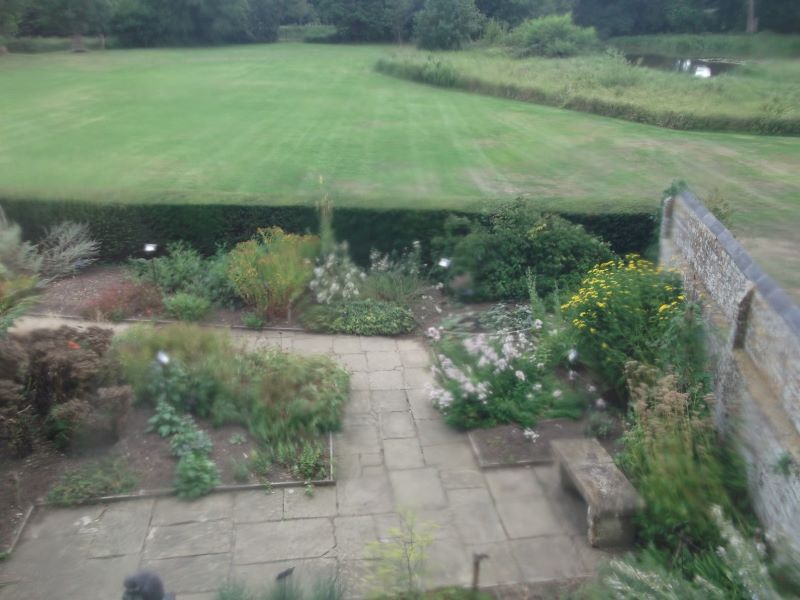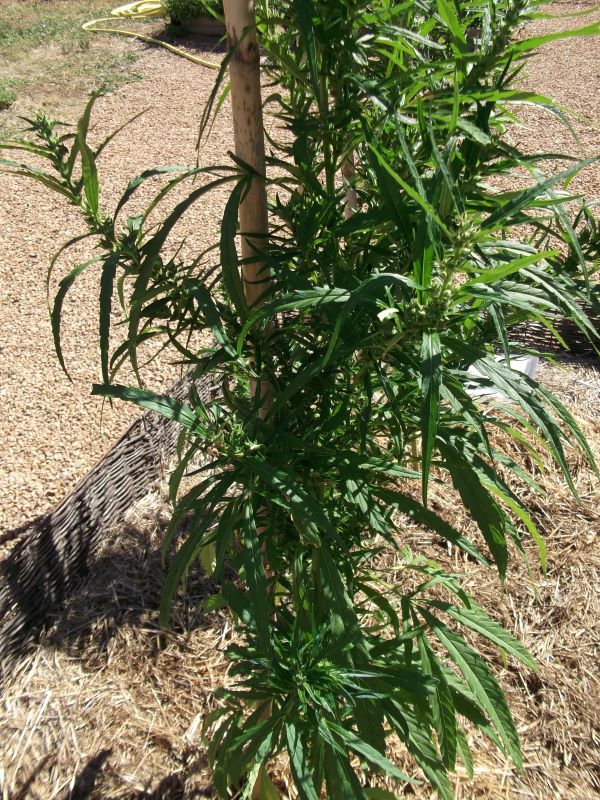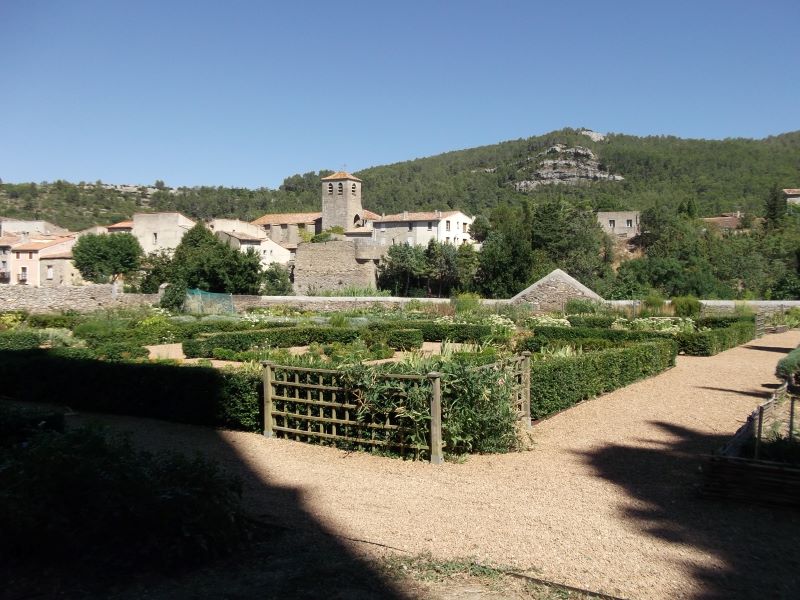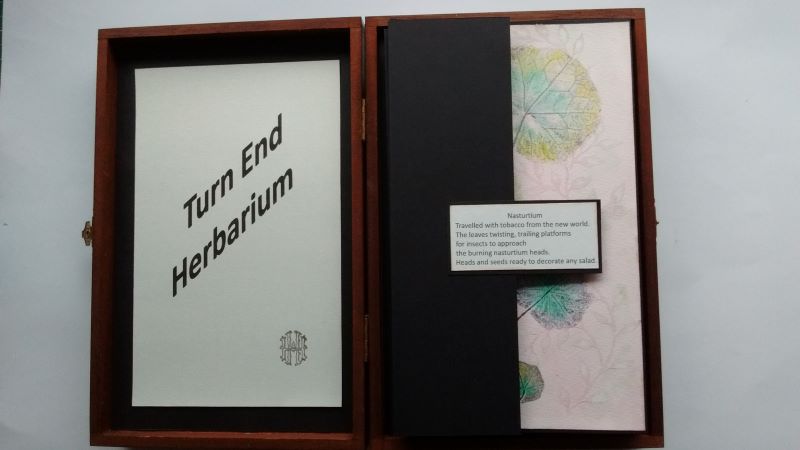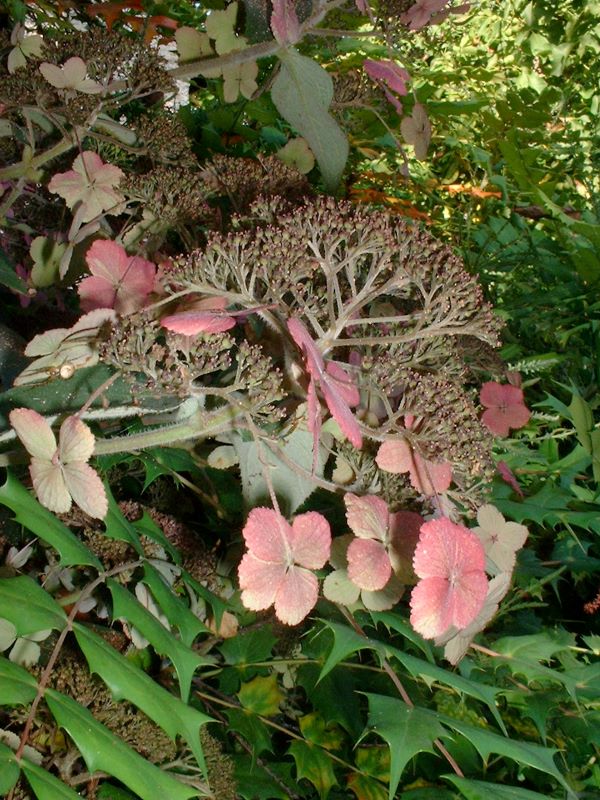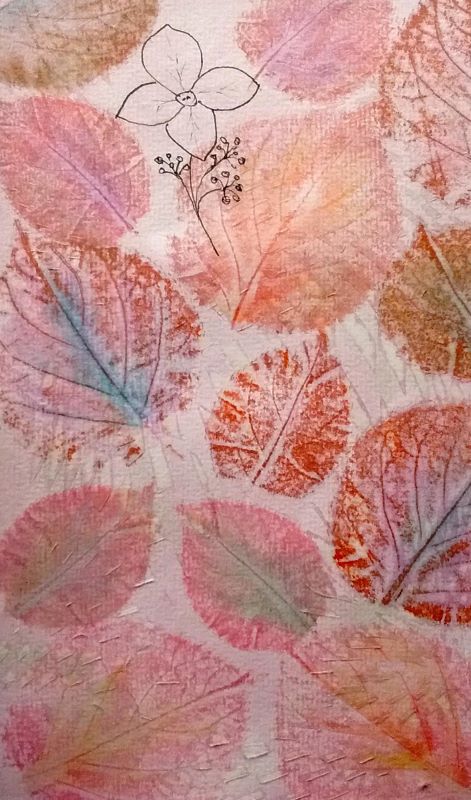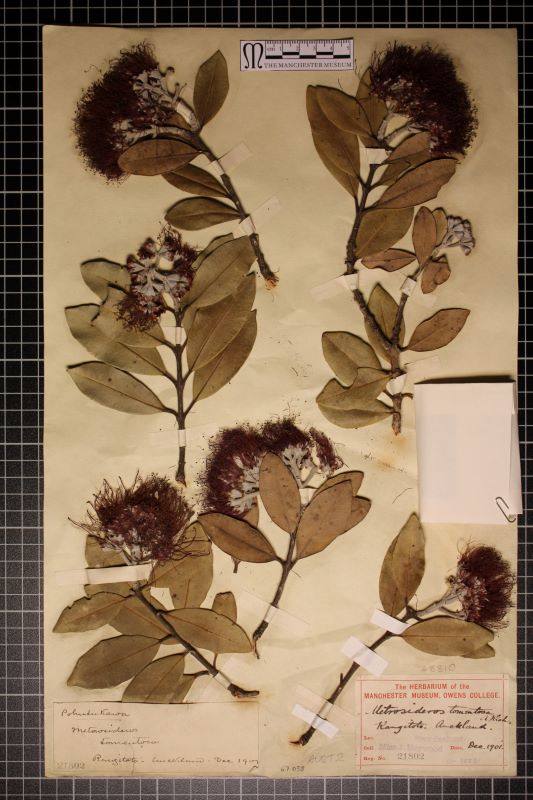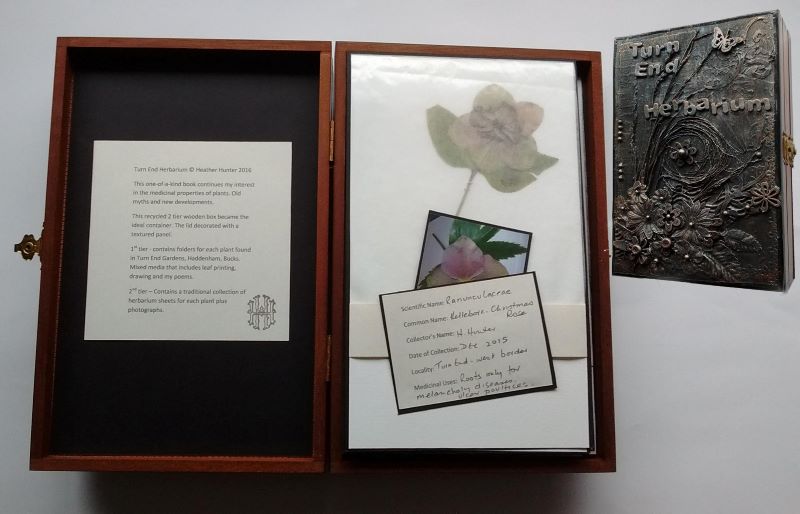
Most monasteries in Medieval times had a physic and herb garden that an apothecary used for making medicines for the local population and the monks.
With the research of herbal remedies and plant-based medicines upper most in my mind I was able to visit the following monasteries during the next couple of years.
In East Sussex, Michelham, https://www.gardenvisit.com/gardens/michelham_priory_garden an Augustinian priory was founded in 1229 and has one of the earliest physic and herb gardens in UK. A replica garden has been built on the site by Sussex Garden Society.
Abbey Lagrasse in South West France was elevated to Abbey status in 779 and it is still a Benedictine monastery with a physic and garden open to the public. https://www.beyond.fr/picssite/lagrasse-abbey0042b.jpg. It was here that I saw some of the oldest herb varieties being grown including a cannabis and sage plants.
The pressed flowers were ready, I had researched the medicinal properties for each, I had experimented with printing from the relevant leaves, I had drawings of each flower and I had written a poem for each
For example
Hydrangea
white climbing lace cap heads
turn gradually to rusty pink.
Other colours determined by the soil
but all extracts reduce fever.
But how to present these various elements still alluded me. The problem was that I wanted to update the method presentation of the plants.
Another coincident happened, an article about Michael Holroyd’s Grandmother and her fern collection, later a book called “Ancestors in the Attic”, https://www.amazon.co.uk/Ancestors-Attic-Including-Great-Grandmothers-Silent/dp/1910258849 whose sewn ferns were so artistically placed and named. How could I place the plants in my herbarium artistically and safe from handling? This was to be my next area to experiment.
Books can take a long time to germinate and can often be put in store until something suddenly arises that can take it forward again.
On a visit to Wiltshire and on finding a wonderful junk shop that specializes in vintage and antique boxes; I found that something. A two-compartment box.
The presentation was sorted. The closed box has a textured finished panel attached. The bottom compartment housed a traditional herbarium and the top compartment my modern interpretation. Job done.
